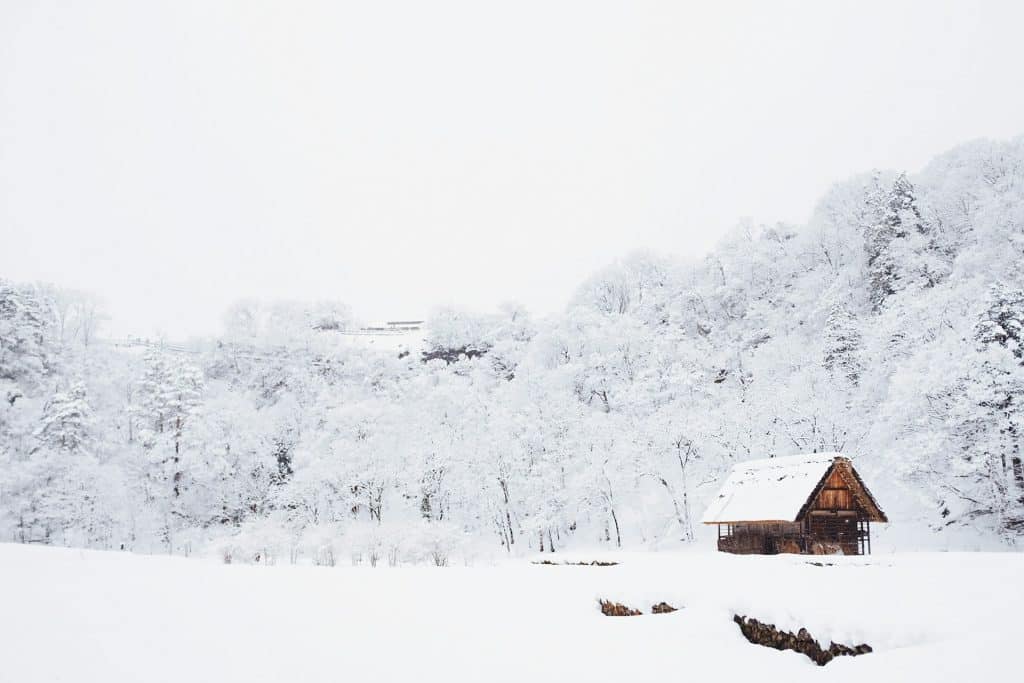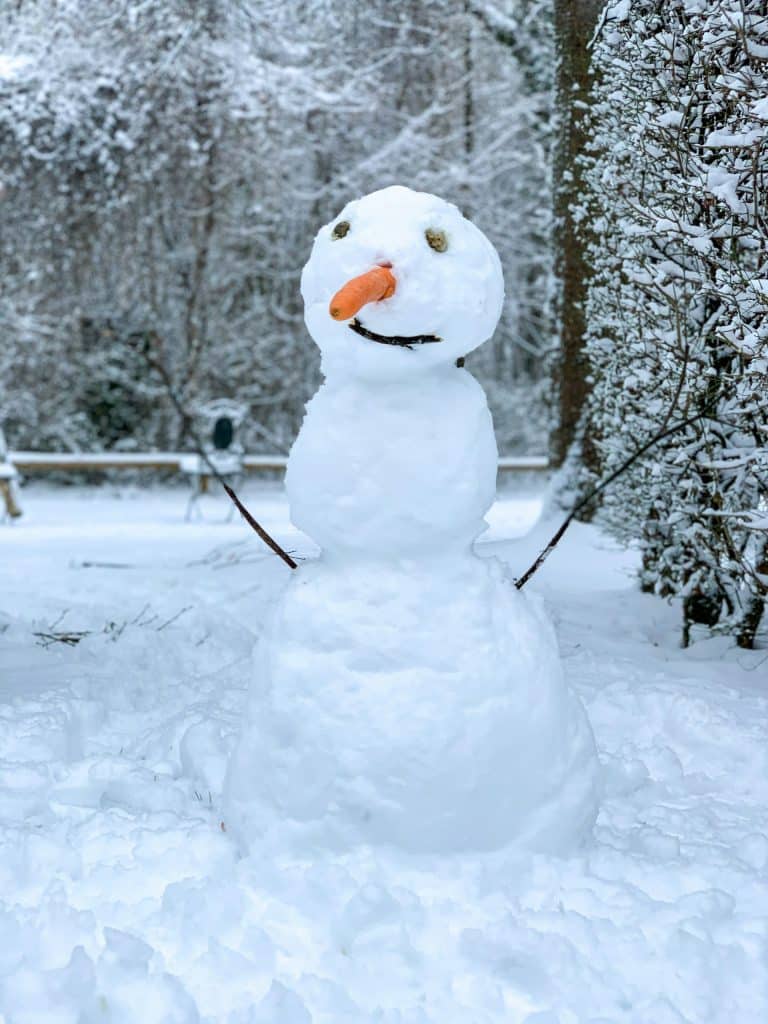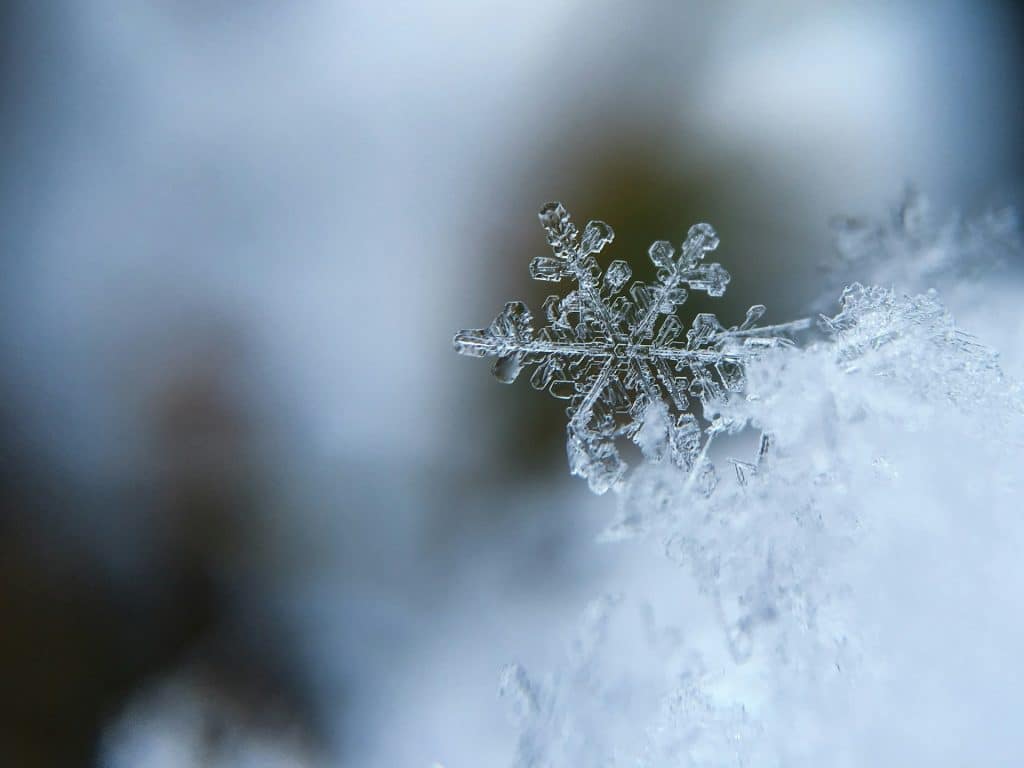When we hear about winter, the first thing we most likely associate with it is snow.
Imagine the ground blanketed in white, fluffy cold ice crystals. And when you also try to catch the snow fluttering down the sky, you’ll notice each snowflake with unique patterns.

You’ll also see people shoveling, hear the crunch of boots on the snow-covered ground and the distant laughter of people hefting snowballs or creating snowmen.
It’s such a magical moment that makes you appreciate the beauty of nature.
But have you ever stopped to wonder how snow is created?
Believe it or not, snow is not just frozen rain – it’s a complex and fascinating process involving temperature, humidity, and atmospheric conditions.
I bet you’re curious as well! Then, read on!
Snow is made when water vapor in the air freezes into ice crystals in the atmosphere. This happens when the atmospheric temperature is below freezing point, which must be at or below 32°F (0°C).
These crystals combine and grow larger and heavier until they become too heavy to stay in the sky. Gravity pulls them down and they fall out of the cloud.
These tiny ice crystals stick together, form snowflakes, and become heavy enough to fall to the ground.
When it’s a bit warmer than 32°F (0°C) and the air is moist, snowflakes tend to melt around their edges and join together, creating large flakes.
This creates “wet snow,” which is great for making snowmen.

In contrast, snowflakes tend to be powdery and don’t stick together when the air is cold and dry.
This is called “dry snow,” which is perfect for snow sports like skiing and sledding.

If it’s too warm, the ice crystals melt and turn into raindrops instead.
How About The Patterns of Snowflakes?
Snow can have various forms and sizes determined by the conditions present in the atmosphere. The shape of snowflakes relies on the temperature and humidity levels in the air.
When the humidity is high, ice crystals develop six arms at their corners during the branching process. Then, these ice crystals bump into each other, and arms intertwine and stick to each other. This results in the distinctive shapes of snowflakes.

Each snowflake is unique because every ice crystal takes a different path through the cloud and comes across different temperatures and humidity levels. So, this is why no two snowflakes look exactly the same.
Most of the time, you can see the differences in each snowflake with your eye. But sometimes, you might need a microscope to tell them apart.
There are seven simple shapes of snowflakes: stars, needles, dendrites (which have branches), plates, columns, columns that have caps made of plates, and irregular shapes that look damaged.







